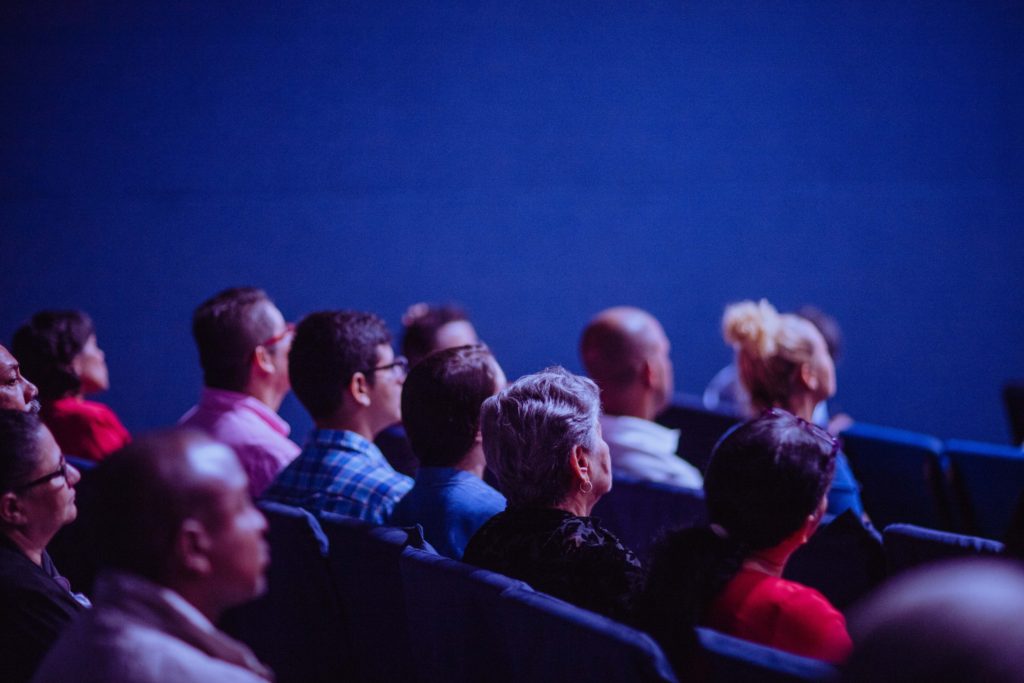Recently, I attended the Forrester CX NYC 2019 Forum, which brings together customer experience leaders from around the world to learn how to better understand customers and expand relationships. As I made my way around the conference sessions, learning about many of the new tools and technology that delve into customer preferences and decision-making, it struck me that there’s still a lot we don’t fully comprehend.
Take customer memory, for instance. We like to think our memory is 100% correct but neuroscience and cognitive psychology continue to prove us wrong. Memory is, in fact, soft, subjective and at times even made up. With thousands of hours of experiences logged into our brains, the number of those we remember well and accurately is small. We know, for instance, that customers’ memories – or anyone’s for that matter – decay quickly and what we do remember about an experience may be different from what actually happened when we visited a store or interacted with a brand.
We also know that no two people remember the same event exactly the same way. This “episodic” memory is subject to our interpretation, emotion and bias, at the time of the event or after, and so customers’ perceptions and memories of the exact same service offering will vary substantially.
When do customers’ opinions matter most?
Measurement of customers’ experiences, therefore, needs to reflect the goals you’re trying to achieve. If you want to create a strong customer memory, encourage referrals and drive repeat purchases, then you need to know what your customers retain (and forget) from those experiences – especially when it’s time for them to make a purchase for the same item again in the future. At the end of the day, when it comes to building customer loyalty, what matters most are the experiences customers remember, not the experiences that actually happened.
The big measurement trend among vendors at the conference, however, was on capturing and measuring real-time experiences while they browse or purchase. But doing so ignores the impact of remembered experiences as an influencer of future behavior.
The peak-end theory
Nobel Prize-winning psychologist Daniel Kahneman’s research into memory and his peak-end theory can go a long way to helping us understand how human beings and customers in particular remember and how memories inform decisions. The peak-end theory proposes that:
“…people judge an experience largely based on how they felt at its peak (i.e., its most intense point) and its end, rather than based on the total sum or average of every moment of the experience.”
Childbirth is a classic example. Months after giving birth, mothers (myself included) overwhelmingly remember the “peak” of the event – their child being born and in their arms – rather than the hours of pain during labor – and thank goodness for that!
There are tons of everyday examples too. For instance, you have a lousy dining experience, which may irritate you in the moment, but the dessert is fabulous and weeks later, that’s what stays with you. Or your favorite football or basketball team struggles all season but rallies to win the championship – looking back, it’s unlikely you’ll remember all the terrible games. Instead, you recall the “peak” when they came out on top.
What are the implications for market research and CX?
For customers, overlooking the role memory plays in the events they experience can directly impact their decisions, like repeating purchases or recommending a brand, product or service. That means, as market researchers and CX leaders trying to build a more positive experience, it’s vital that we understand and account for the reality of how customers’ memories actually work.
How do these realities of human memory apply to you, day-to-day? Here are a few questions and thought-starters worth considering as you investigate, design and perfect your customer experiences:
Have you spent time understanding how customers recall your brand experiences? You may be designing them with one intention but discovering they were experienced or recalled completely differently.
When designing experiences, do you return to the same group of respondents to see what they recall weeks later?
Do you know which experiences along the customer journey have the greatest memory recall? These are the ones that will have a lasting impact on your business — especially when it comes to negative word of mouth, recommendations, and repeat and increased purchases.
Once you know which experiences are retained over the long run, you can begin to think about how to mitigate the friction if it’s a negative experience and how to leverage the most positive ones – (shameless plug) something we’ve become really good at doing here at Verde.
